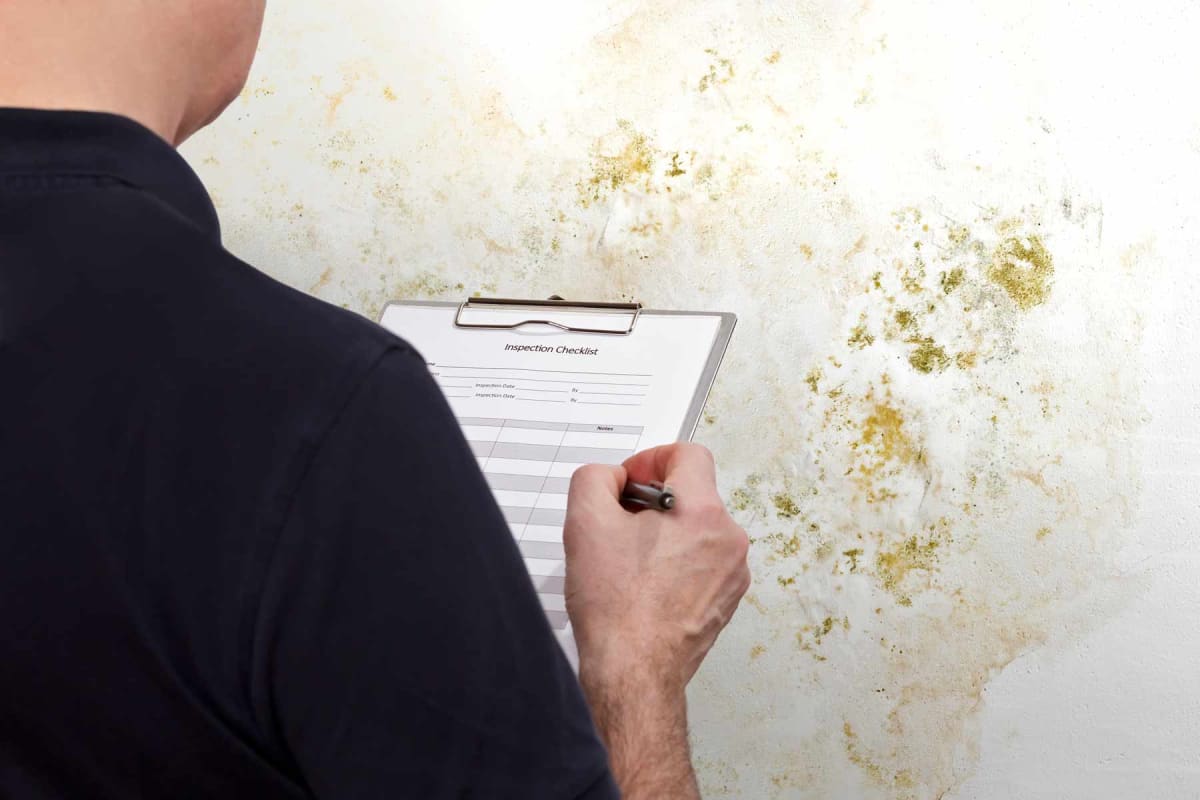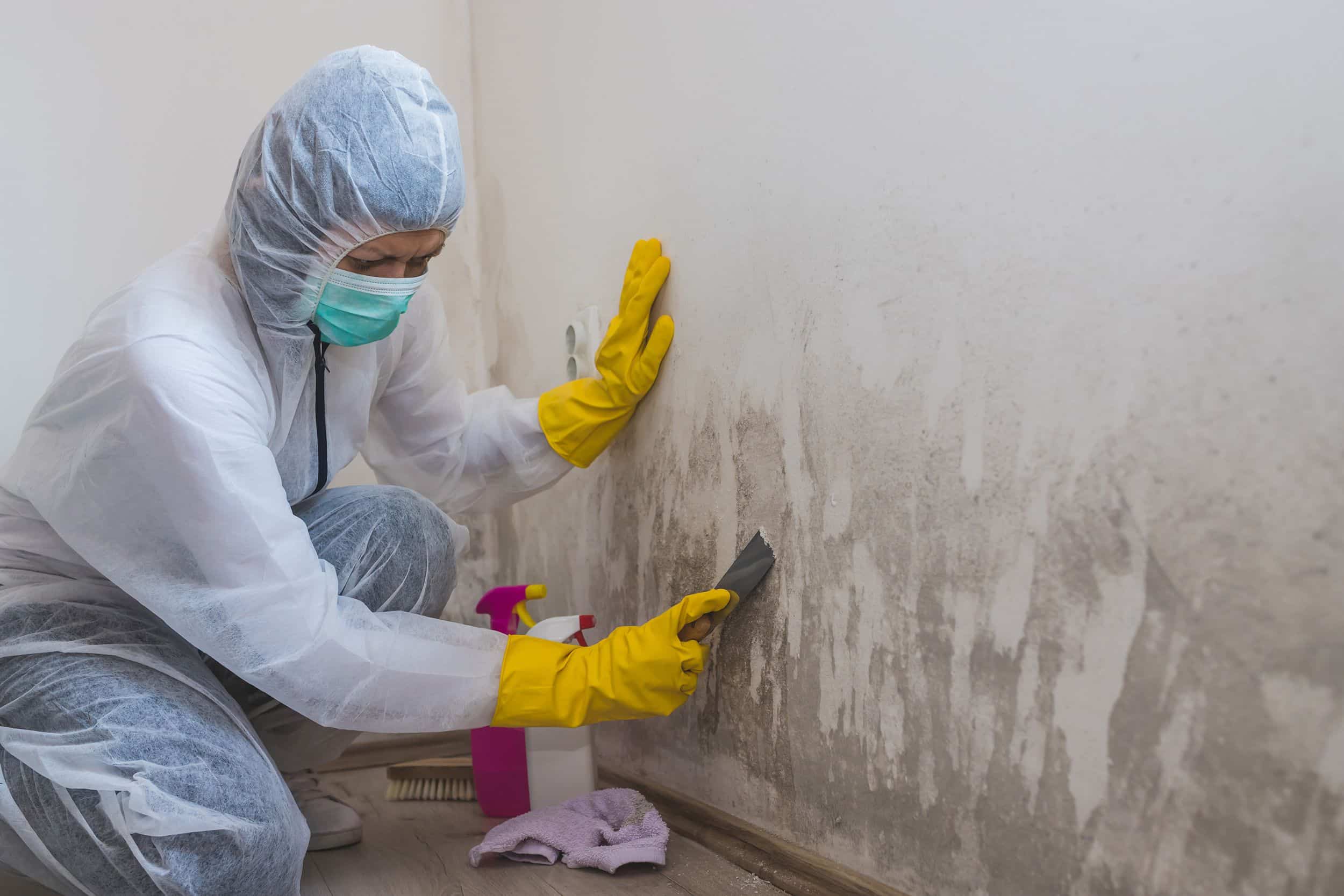After Mold Remediation Approaches for Clean Areas
After Mold Remediation Approaches for Clean Areas
Blog Article
Your Ultimate Overview to Message Mold And Mildew Remediation Methods
In the consequences of mold invasion, understanding just how to effectively eradicate the mold and prevent its reoccurrence is extremely important for preserving a healthy indoor atmosphere. From picking the appropriate cleaning and decontaminating approaches to implementing approaches for long-term mold and mildew prevention, each step in the remediation journey plays an essential duty in guaranteeing an effective outcome.
Recognizing Post-Mold Remediation Process
After finishing the mold and mildew removal procedure, it is vital to recognize the post-mold removal methods that are needed to guarantee a detailed and efficient cleanup. Once the mold and mildew has been removed, the following step involves cleaning and sanitizing the impacted areas to avoid any kind of regrowth of mold and mildew. This includes utilizing specialized cleaning representatives to clean down surface areas and kill any type of staying mold and mildew spores. It is important to dry out the location entirely to inhibit the growth of mold in the future (what to do after mold remediation). Proper air flow and dehumidification can aid in this procedure.
Moreover, performing a last examination post-remediation is crucial to guarantee that all mold and mildew has actually been successfully gotten rid of. If the assessment reveals any type of lingering mold, extra removal might be required.
Reliable Cleansing and Sanitizing Methods

Avoiding Future Mold And Mildew Development

Significance of Correct Air Flow
Appropriate ventilation plays a vital role in avoiding wetness accumulation, a crucial element in mold and mildew growth within interior atmospheres. Effective air flow systems help eliminate excess humidity from the air, decreasing the chances of mold and mildew special info spores finding the dampness they require to spread and sprout. Without ample ventilation, indoor areas can end up being a reproduction ground for mold, bring about prospective health and wellness dangers and architectural damage.
By guaranteeing appropriate air blood circulation, ventilation systems can likewise help in drying damp locations quicker after water damage or flooding occurrences, even more preventing mold and mildew development. Post Mold Remediation. Precede like shower rooms, basements, cooking areas, and attic rooms where dampness degrees often tend to be greater, setting up and preserving efficient air flow systems is critical in stopping mold and mildew invasions

Monitoring and Maintenance Tips
Offered the vital function that proper air flow plays in protecting against mold growth, it is vital to establish effective surveillance and maintenance tips to make certain the ongoing performance of ventilation systems. Routine evaluations of air flow systems must be carried out to check for any kind of indications of blockages, leakages, or breakdowns that could impede correct air flow. Surveillance moisture levels within the building is likewise crucial, as high moisture can contribute to mold growth. Setting up a hygrometer can assist track moisture levels and sharp homeowners to any spikes that may need interest. Additionally, making sure that air filters are consistently cleaned or changed is important for keeping the effectiveness of the ventilation system. Implementing a timetable for regular maintenance tasks, Learn More such as duct cleansing and a/c system evaluations, can aid avoid concerns before they intensify. By remaining alert and aggressive to the condition of air flow systems, homeowner can properly minimize the risk of mold and mildew regrowth and keep a healthy indoor environment.
Conclusion
Finally, post-mold remediation techniques are important for ensuring a tidy and secure environment. Comprehending the procedure, implementing effective cleansing and disinfecting methods, protecting against future mold development, maintaining correct air flow, and routine surveillance are all critical actions in the removal procedure. By adhering to these guidelines, you can effectively get rid of mold and prevent its return, promoting a healthy living or functioning room for all occupants.
In the results of mold and mildew infestation, knowing how to effectively get rid of the mold and mildew and avoid its reoccurrence is critical for preserving a healthy and balanced interior environment. Once the mold and mildew has actually been gotten rid of, the following step involves cleaning and decontaminating the influenced areas to avoid any kind of regrowth of mold - After mold remediation. After eliminating visible mold and mildew growth, it is essential to clean up all surfaces in the afflicted location to remove any type of continuing to be mold spores. To even more boost mold prevention measures, it is important to address underlying problems that originally led to mold advancement.Given the essential duty that appropriate ventilation plays in protecting against mold growth, it is essential to develop reliable surveillance and upkeep tips to make sure the continued performance of ventilation systems
Report this page